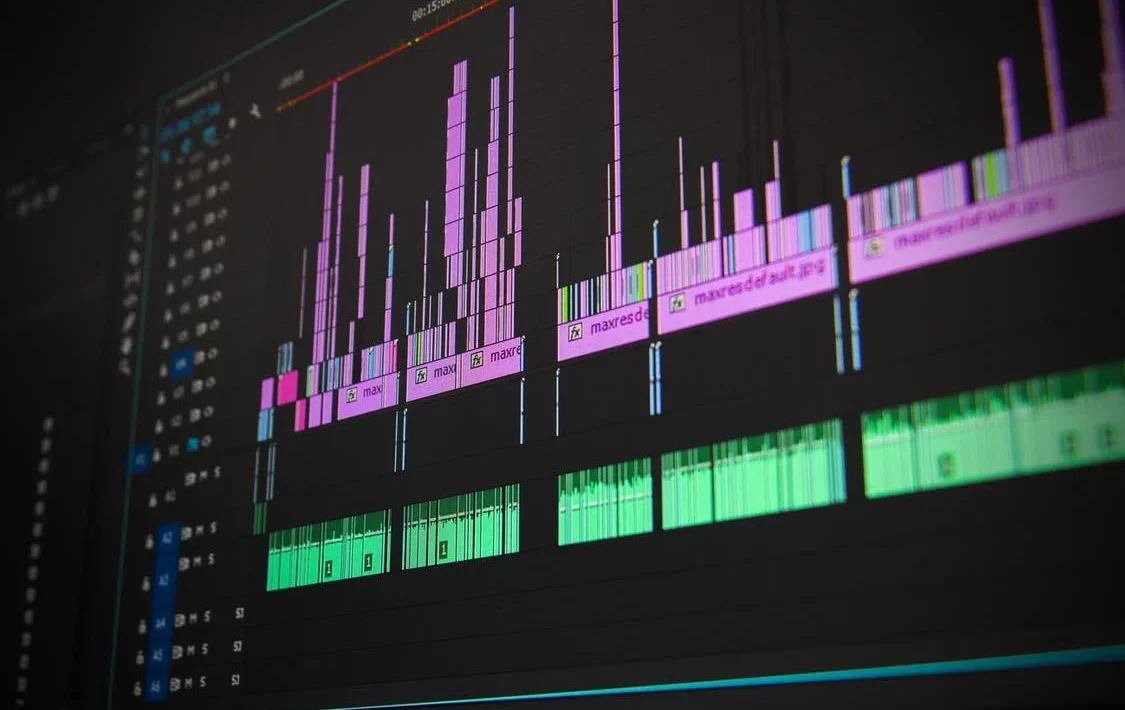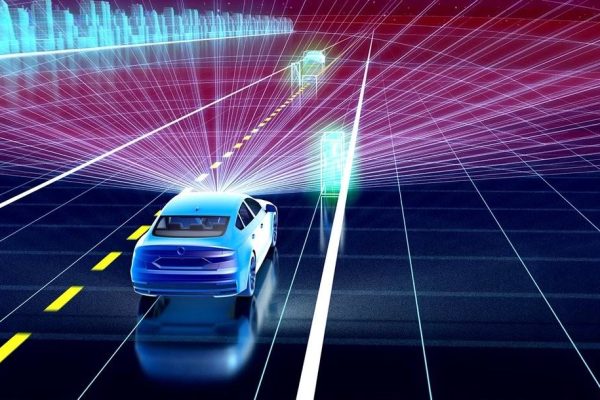Introduction
There are a number of audio effects that can be added to a mix to give it that certain “flavor”, or boost in volume or enhancement. In this tutorial, we’ll be exploring one of the most popular and versatile effects – digital audio effects control by accelerometry. By using sensor data to detect when you’re playing music online casino, you can create effects that change in response to your movements!
Theory of Operation
Digital audio effects control by accelerometry is a novel technique that uses the accelerometer and gyroscope on modern smartphones to modulate audio signals. This article will discuss the theory of operation and show how this technology can be used to create innovative audio effects.
The Circuit
Digital audio effects control by accelerometry is a novel approach to controlling sound processing in electronic devices. This approach relies on detecting the movement of the device’s user interface and using that information to control audio effects. In this article, we will explore this approach in more detail and present some of its advantages.
Implementation and Testing
When it comes to audio, many people are familiar with effects like reverb and delay, but what about effects that are specific to digital audio? One such effect is compression, which can help smooth out the sound of a recording. In this article, we’ll be discussing how to implement and test digital audio compression using accelerometry.
Accelerometry is a technology that uses information about the velocity and direction of an object to determine its size and shape. This data can then be used to create animations or 3D models. In this context, we’ll be using it to create digital audio effects control by adding a layer of latency compensation to recordings. Latency is the time it takes for sound waves to travel from one point in space to another. When compensating for latency, we’re able to improve the overall sound quality of a recording by smoothing out any jittery edges.
To start, we need to gather some data about the latency of our recordings. We can do this by playing back the recordings in question and measuring their latency using a timer or oscilloscope. Once we have this data, we can begin implementing our digital audio compression algorithm.
The first step in our compression process
Conclusion
If you’re looking to add a little bit of sonic flavor to your music productions, or if you’re just starting out and want to experiment with audio effects, then Accelerometry is a great way to go. With this app, you can control a variety of digital audio effects using only your smartphone’s accelerometer. This makes it easy to create interesting sounds without having to learn an entire software program jeux casino. As you continue learning about audio production, adding Accelerometry into your workflow will prove invaluable.











